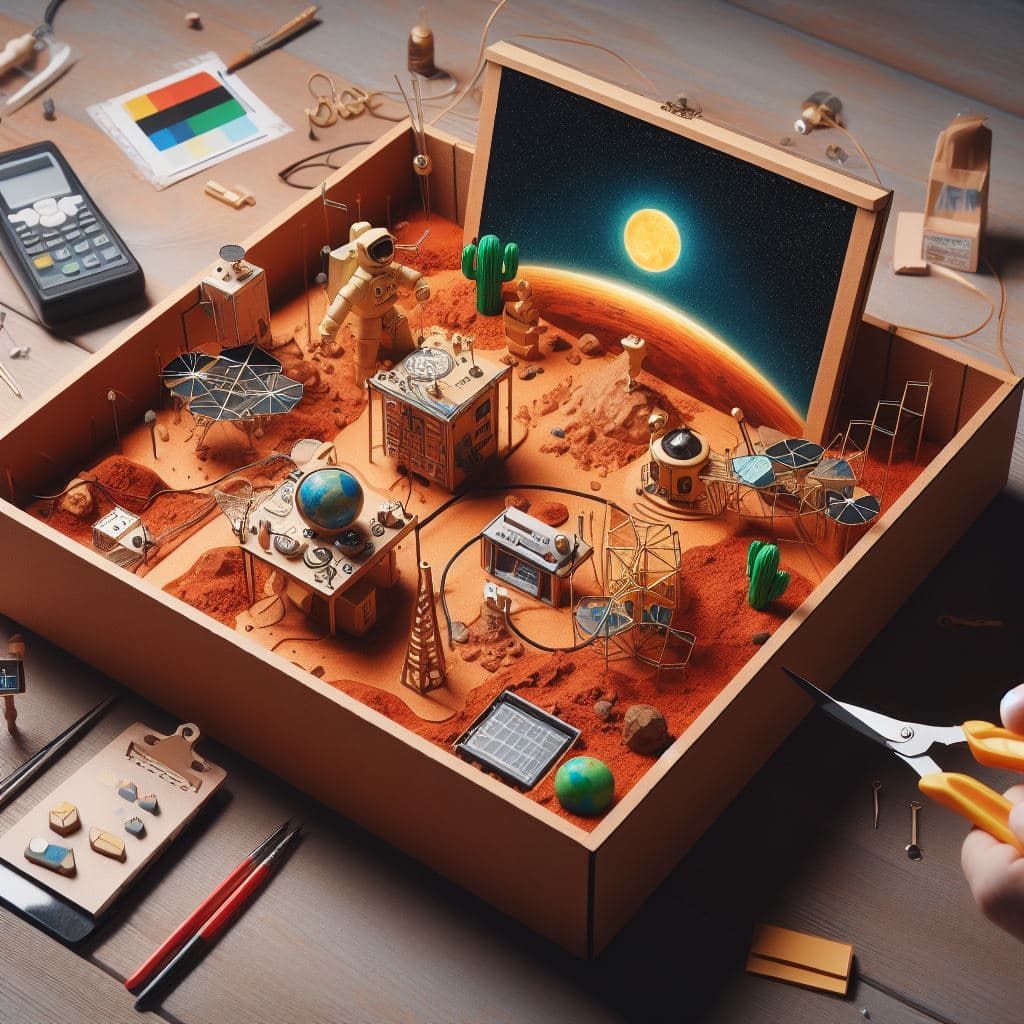The allure of Mars, with its red rusty facade, has always gripped the human imagination. This celestial neighbor, despite its barren outlook, holds a mirror to Earth's past and perhaps a glimpse into our future. But before we can step on Martian soil, understanding this enigmatic world from a distance is crucial. A recent invention has brought Mars, or at least its environment, a bit closer to home. A newly patented device and method now allows scientists to simulate Martian conditions right here on Earth.
Bridging Worlds: The Martian Simulator
The invention is nothing short of a mini-Mars encased in a box. At its core, it comprises a vacuum chamber, mimicking the thin Martian atmosphere. Attached to this chamber is a vacuum control unit that ensures a proper vacuum environment is maintained. However, Mars isn't just about a thin atmosphere; its unique conditions extend to temperature, humidity, and even electric fields, all of which this device meticulously simulates.
Bringing the Martian Cold
Mars is infamous for its cold temperatures, averaging around -63°C, a far cry from Earth's mild climate. The simulator tackles this through its humidity control unit which houses a temperature control heater. This unit, along with a closed container situated on the heater, helps in regulating the temperature to match the Martian cold.
Humidity: The Subtle Aspect
Humidity on Mars isn't something we often talk about, given its dry nature. However, there's a variation in humidity, especially between day and night. The simulator's closed container holds deionized water, aiding in creating and controlling the humidity levels akin to those on Mars.
A Spark of Martian Atmosphere
Besides the cold and dry conditions, the Martian atmosphere holds a spark, quite literally. The device has a gas supply unit to provide a spark atmosphere, simulating the electric field environment on Mars. This is pivotal for studying how electric discharges on Mars might affect in-situ probes and other equipment.
Beyond Simulation: The Implications
By accurately simulating Mars' environment, this device opens doors to a plethora of research opportunities. From exploring potential life traces on Mars to calibrating Mars detection loads, the simulator acts as a cornerstone for many futuristic Mars explorations.
The invention isn't just a technical marvel; it's a bridge that shortens the cosmic distance between Mars and us, fostering a deeper understanding and gearing humanity for the eventual rendezvous with the red planet. Through this ingenious device, the enigmatic Martian environment isn't a far-off concept; it's a tangible reality we can study, understand, and prepare for.
Technical patent details can be found here
